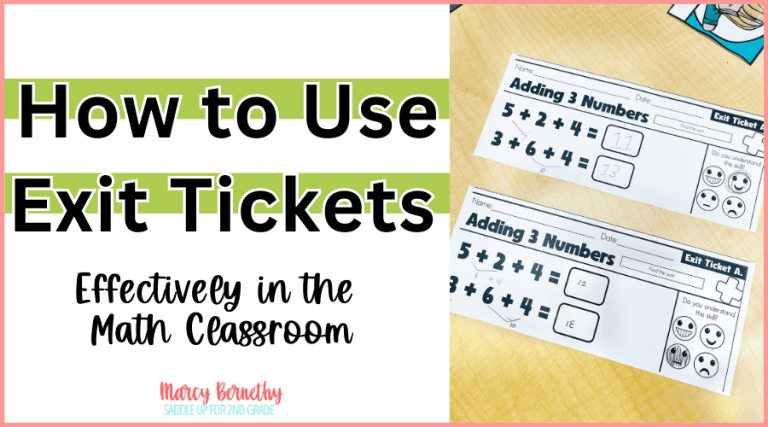

Join me for a FREE, Guided Math workshop to discover how to easily incorporate Guided Math into your current schedule!
Welcome to Part 1 of my guided math series. In today’s post, I’m going to be sharing the 5 main components of what a Guided Math approach consists of and how you can implement it in your own classroom! After you feel confident in knowing exactly what guided math is, be sure to check out the other posts of this series to know exactly how to set everything up including your classroom procedures for your grade level. Click the links below to check them out:
Part 2: How To Set Up Your Guided Math Schedule
Part 3: Establishing Guided Math Procedures
Part 4: Must Have Materials For Math Stations
Part 5: How To Run Differentiated Math Stations
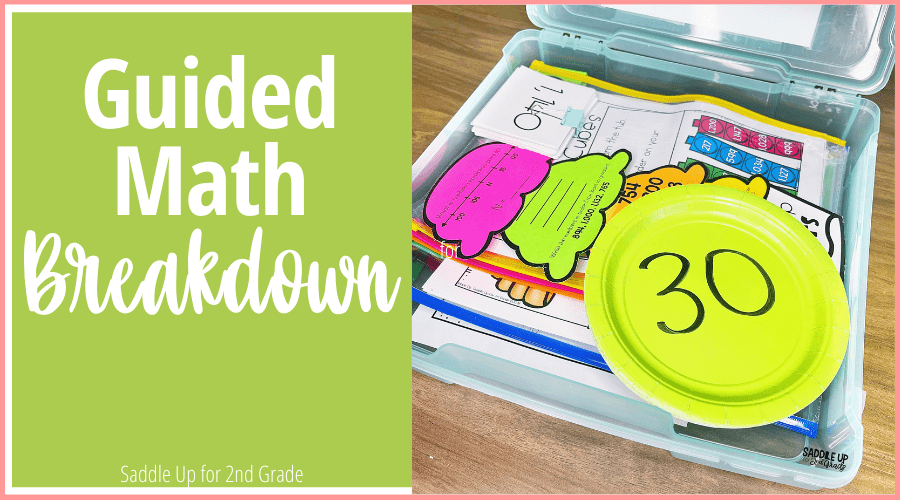
This framework is ideal because it follows a gradual release method. You are shifting the focus from whole group teacher-led instruction to student-led small group instruction. Please make sure you remember that Guided Math is NOT a curriculum. It is a framework that can be used no matter what type of curriculum you use!
Before we dive into all the details, it’s important that you know the 5 main components of what Guided Math is:
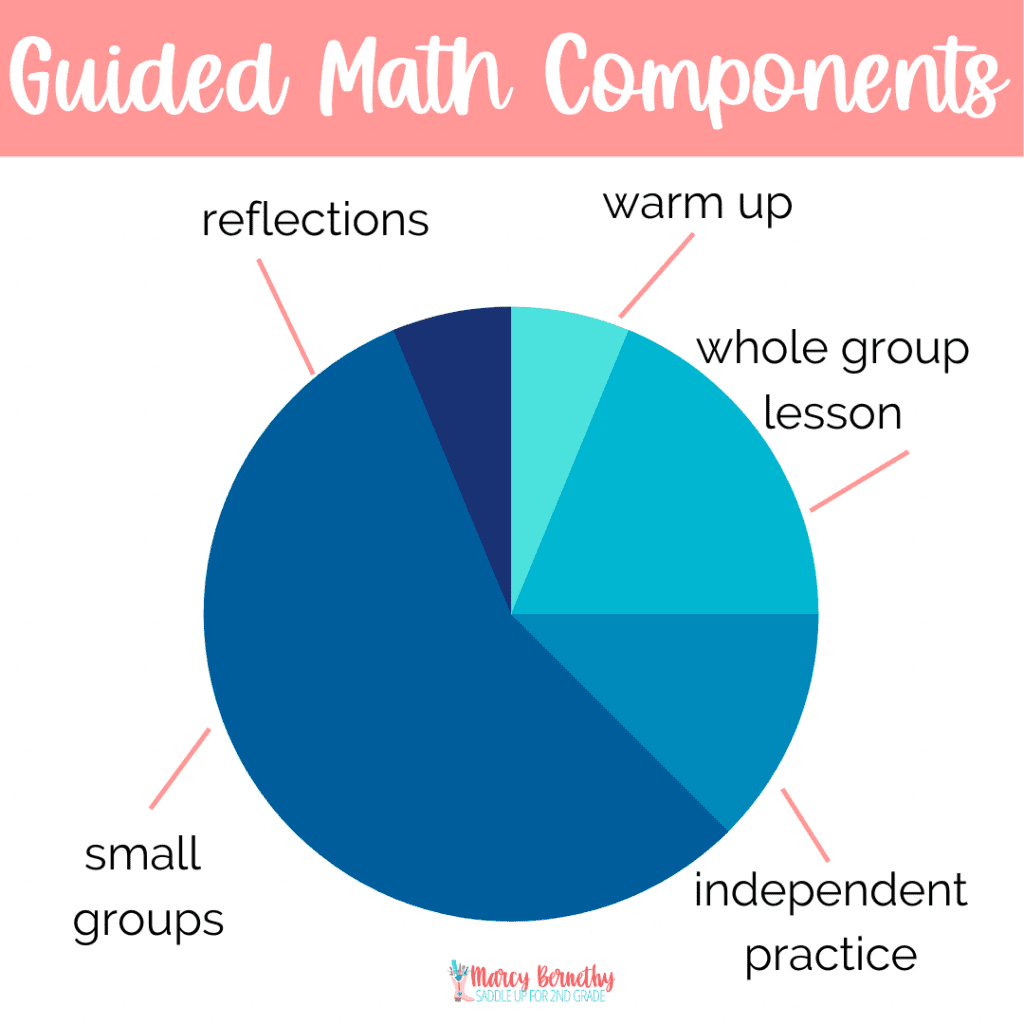
A math warm up is the first component of the guided math framework! It is a simple, short activity that you can do at the beginning of your math lessons. Think of it as kicking off your instruction and getting their brains fired up! This is a great time to promote higher order thinking and having mathematical conversations.
Typically, for a math warm up, you don’t want a pencil and paper task that they’ll have to turn in that you’ll have to grade. Rather instead, you want short and simple activities that are roughly 5 minutes, such as number talks, that get students thinking and ready for whole group instruction.
One of my favorite warm up activities that can be found in my Guided Math Units is Beat the Teacher! You can incorporate it in so many ways inside of your classroom. Watch this YouTube video where I explain how to play!
In addition, any type of problem solving activity is great for a math warm up before diving into new math concepts! It doesn’t take long, but also challenges students enough to get them thinking. These problem solving journal prompts are perfect to do one a day and spiral different concepts throughout the school year.
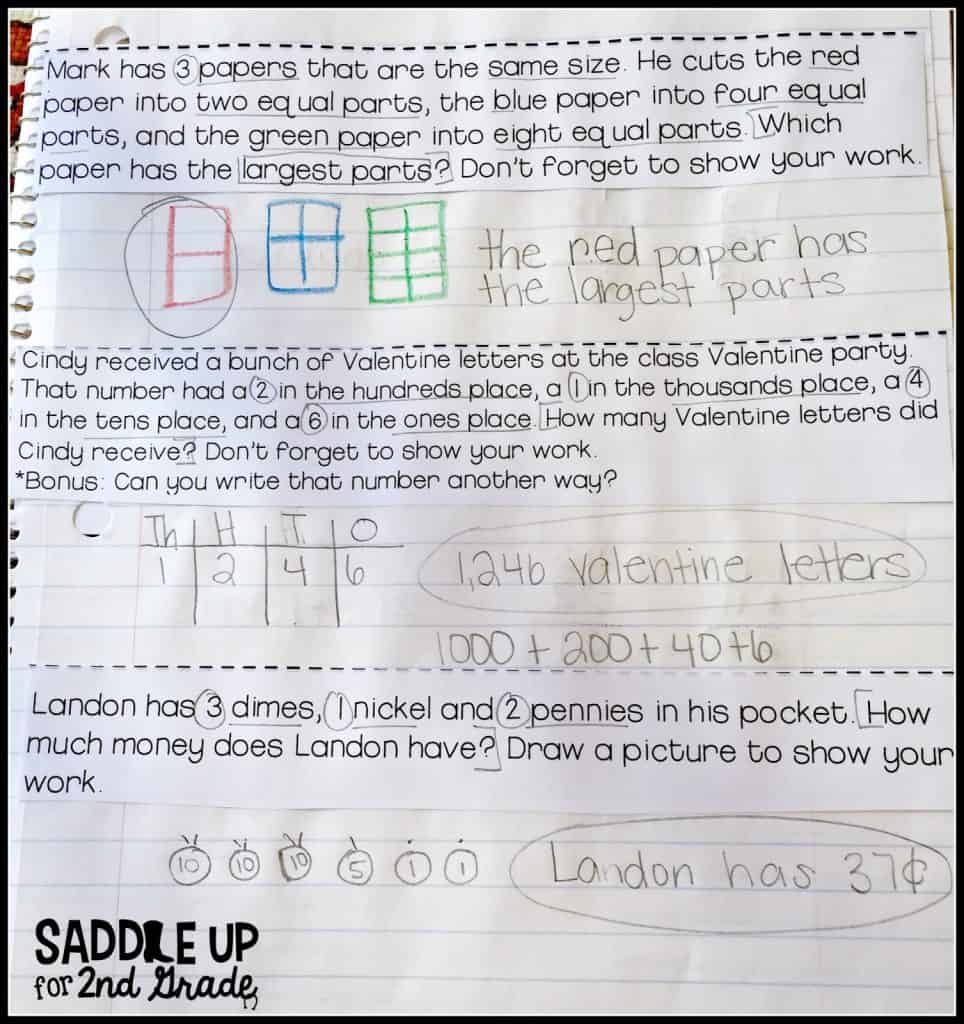
After your warm up is over, you will lead into whole group instruction which can also be called a “mini lesson”. I call it a “mini lesson” because you aren’t going to try and fit everything in during this component of the framework. With guided math, your core instruction is NOT taking place during whole group, but rather at your small group lessons table where you can differentiate to meet your students’ needs!
When you think about your “mini lessons” or whole group math instruction, this is when you are going to be introducing concepts or doing some type of practice and review. Maybe you create an anchor chart, but that’s all you’ll do, and know that’s ok! Or maybe you watch a video or spend some time with manipulatives and that’s all you do for the whole group lesson and that’s ok! Keep it simple!
Making an anchor chart like the one pictured below from my Addition with Regrouping Math Unit is a great quick activity for whole group instruction! Keeping them interactive and student centered is the best way to allow students to feel in charge and responsible for their learning.
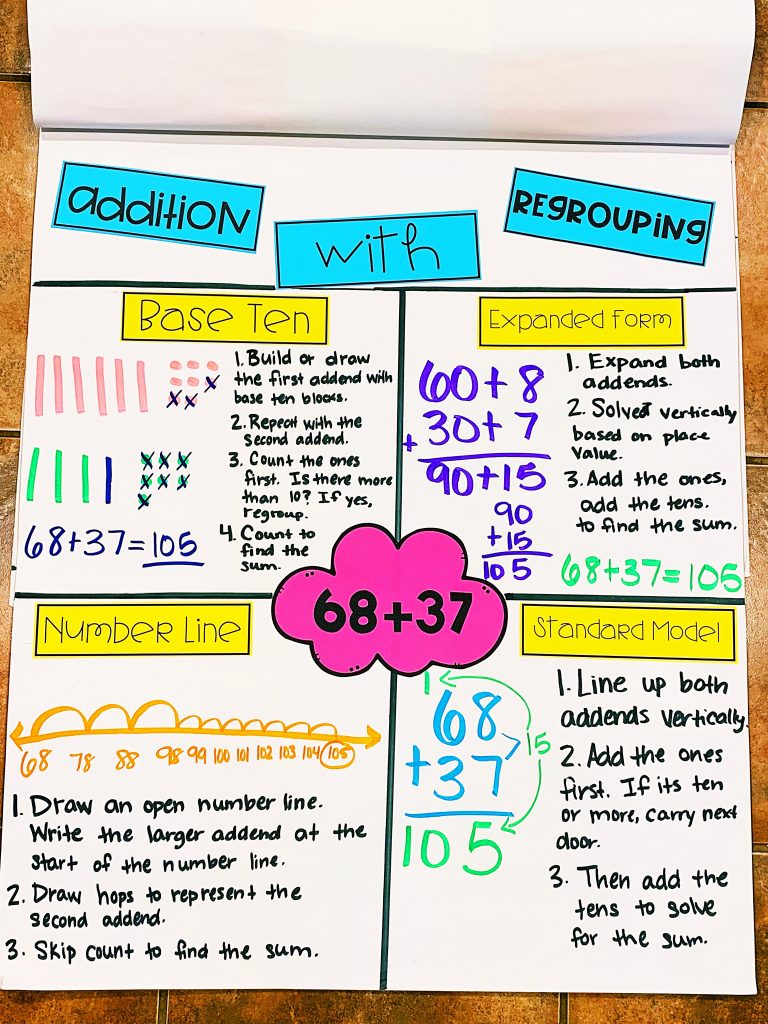
My biggest piece of advice when it comes to whole group instruction is not to overplan. Because your whole group instruction actually consists of 2 parts, set a timer and only spend about 20-30 minutes a day teaching whole group instruction when you are following the guided math format.
It is the perfect time to introduce concepts and then when you move on to independent practice, you can reinforce these concepts in a variety of ways!
Your whole group lesson actually consists of 2 parts:
Here is a list of ideas you can implement during independent practice time:
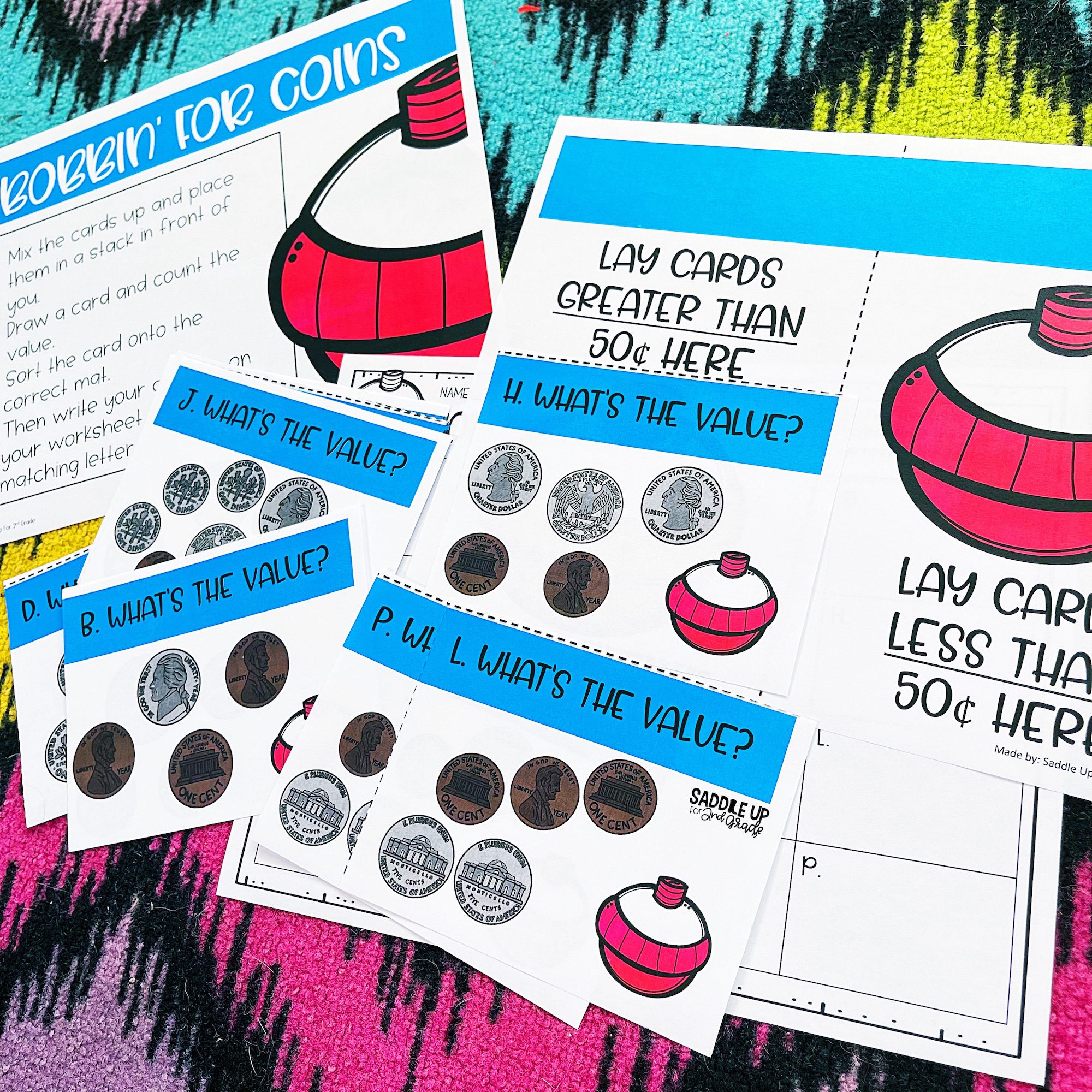
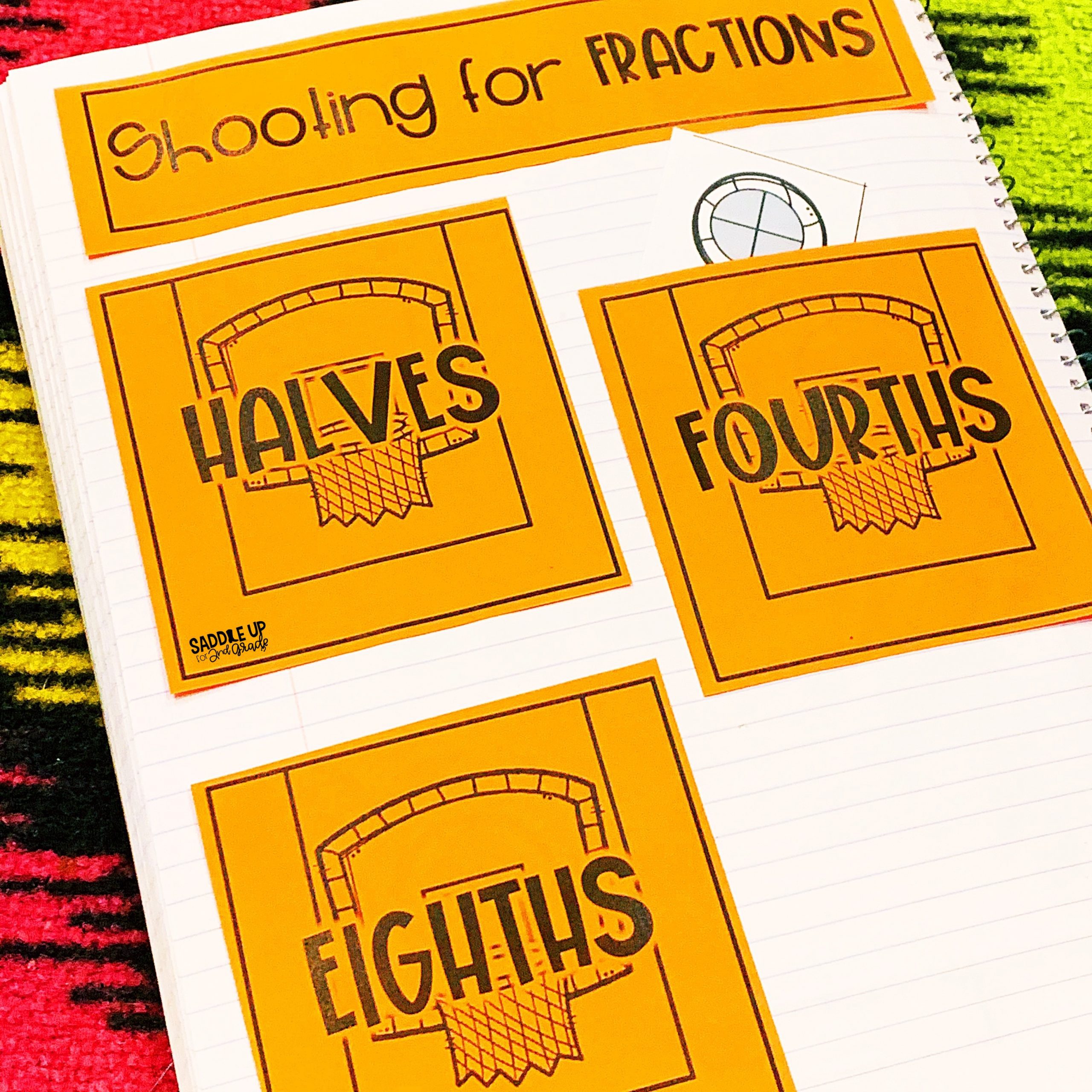
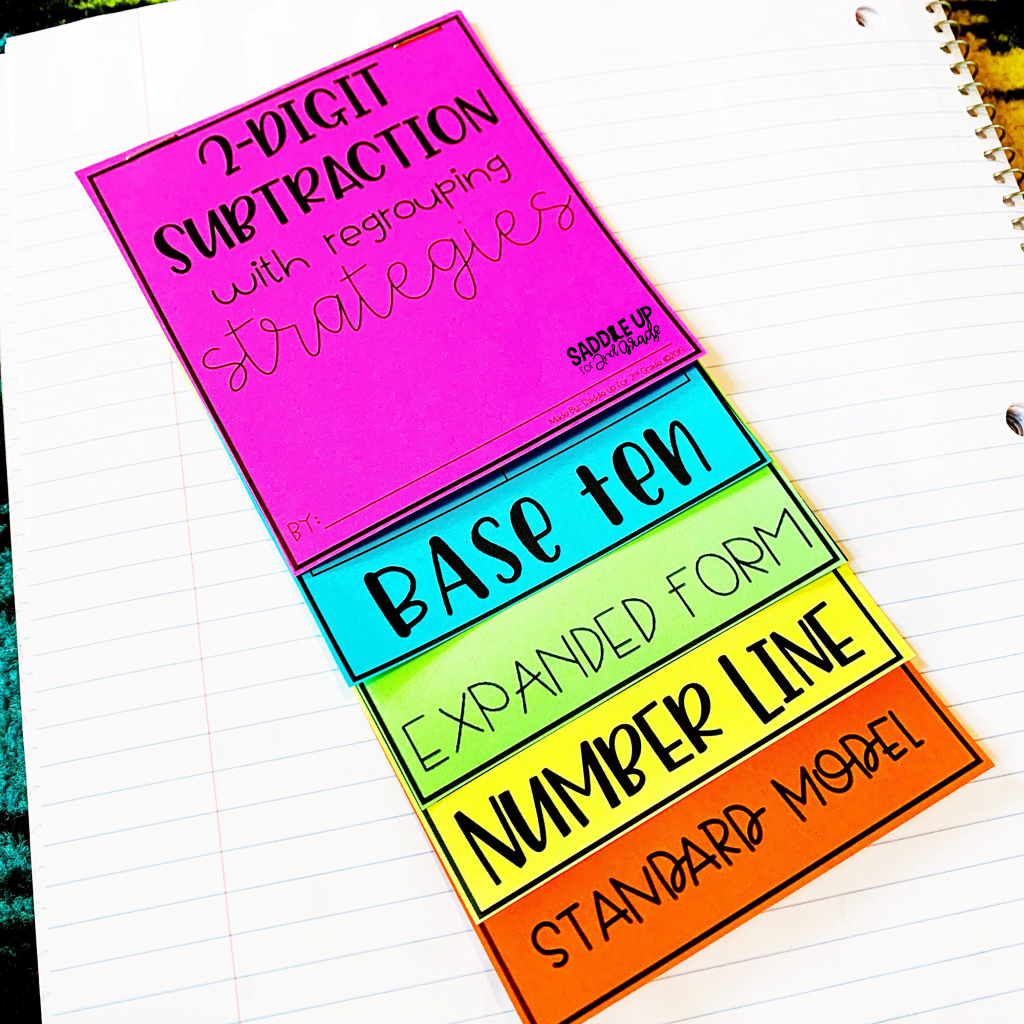
Remember, your “mini lesson” is short and sweet and your independent practice time is when kids are going to take what you just did in that lesson and apply it on their own. You as the teacher will walk around and model and assist.
Your small group time is where you are going to get the most bang for your buck. I am a firm believer that miracles can happen at the small group teacher table. This is when the teacher will provide targeted, differentiated instruction, to small groups of students. While the teacher is working with a group, the rest of the class is rotating through independent activities that cover previously taught math skills. Small group rotations typically last 15-20 minutes per rotation.
As a result, a small group lesson should always focus on a small portion of a bigger topic. During this time your goal is to help your students make mathematical connections, demonstrate and model concepts, and provide support.
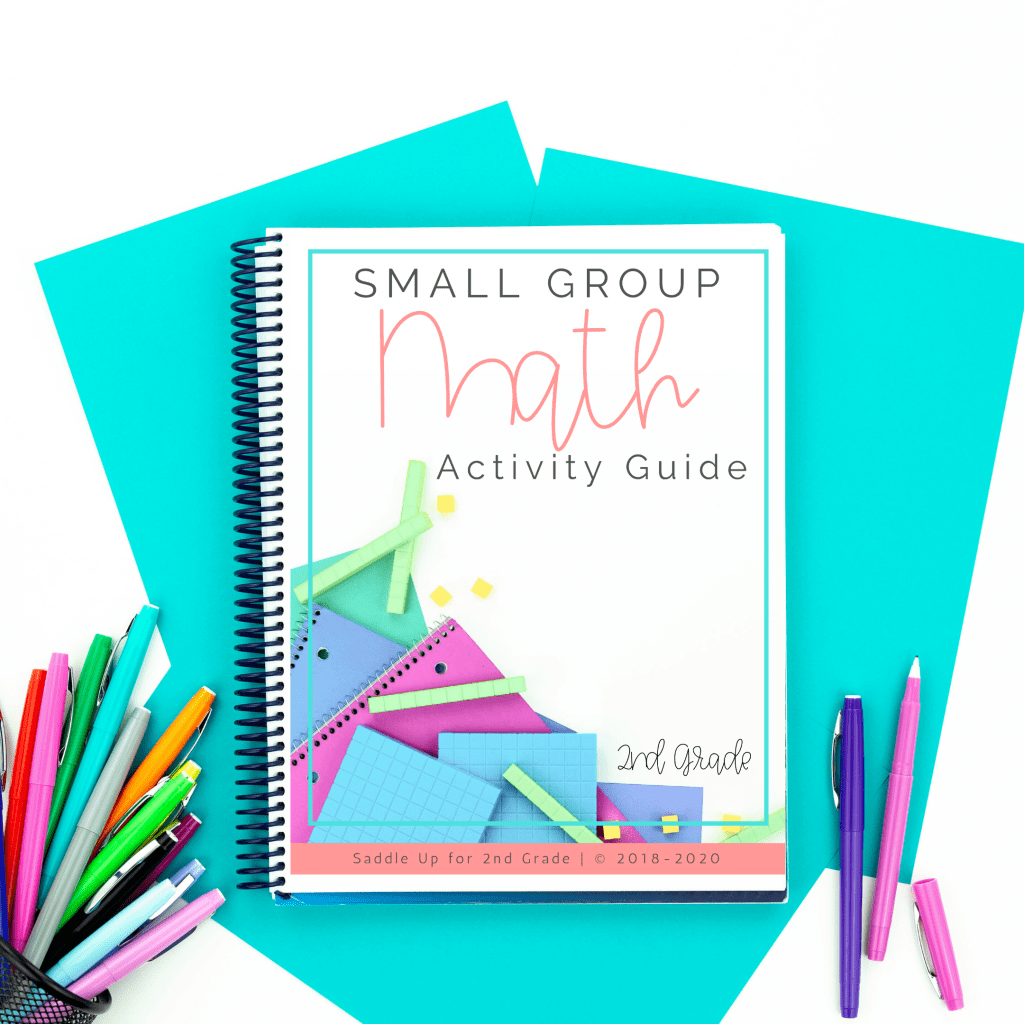
Click here to download a free small group math activity guide with TONS of ideas to get you started!
While you are meeting with a small group at your table, the rest of your students will be rotating through math stations or centers. They’ll be playing a partner game, working in their math journals, doing something with task cards, implementing technology for student engagement, and more!
This part of the framework is important because it is when it begins to shift from teacher led to student led. For that reason, the activities that students are doing in their math stations are spiral review.
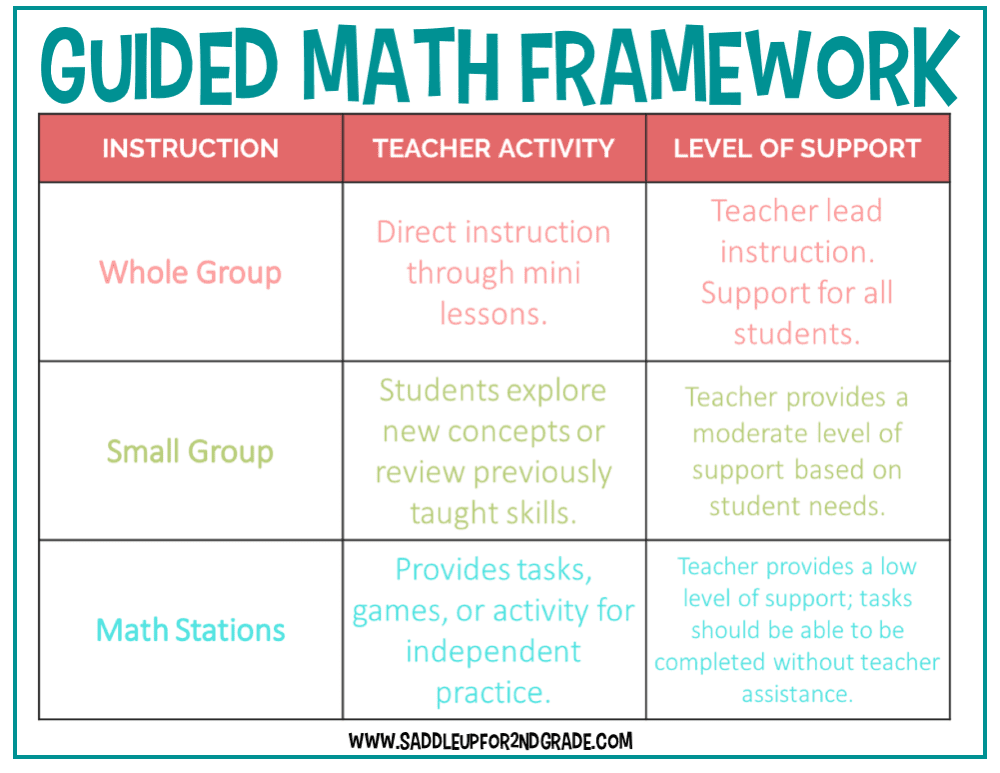
Most importantly, you do NOT want to put a brand new concept in their math centers that your students have not mastered. Make sure that the activities you include in the rotations are specific skills your students have previously been taught for continual spiral review throughout the year!
What activities should I include?
The final piece of the guided math framework is reflection time. This is something that you have a little more wiggle room with and can do every day if you wish or just occasionally. This is when you are going to have students reflect and hold them accountable for their learning and how they feel.
As the teacher, you want to know what went well, didn’t go well, was it too easy or difficult, or do they have a question for you that they didn’t get to ask at an earlier time. Use this reflection time to get students responses and see how they are feeling about their learning. This will help you know how to better plan for small groups!
Reflections can be very simple! For example, a few ideas of what they can look like include:
If you are reading this, I’m so proud of you for sticking with me this long. Nonetheless, I have a special treat just for you! I’d like to share my guided math lesson plan with you! This Small Group Math Activity Guide includes over 70 kid tested and teacher approved activities for student learning that you can easily implement with your guided math groups.
Download your FREE Guided Math E-Book by filling out the form below. It will be sent straight to your inbox.
In conclusion, here are the 5 main components of guided math:
Finally, if you’re looking for a professional development course to better help you understand Guided Math, make sure to get signed up on the waitlist for Managing Math Stations which will be opening up for enrollment very soon!
Want to save this post for later? Pin any of the images below!
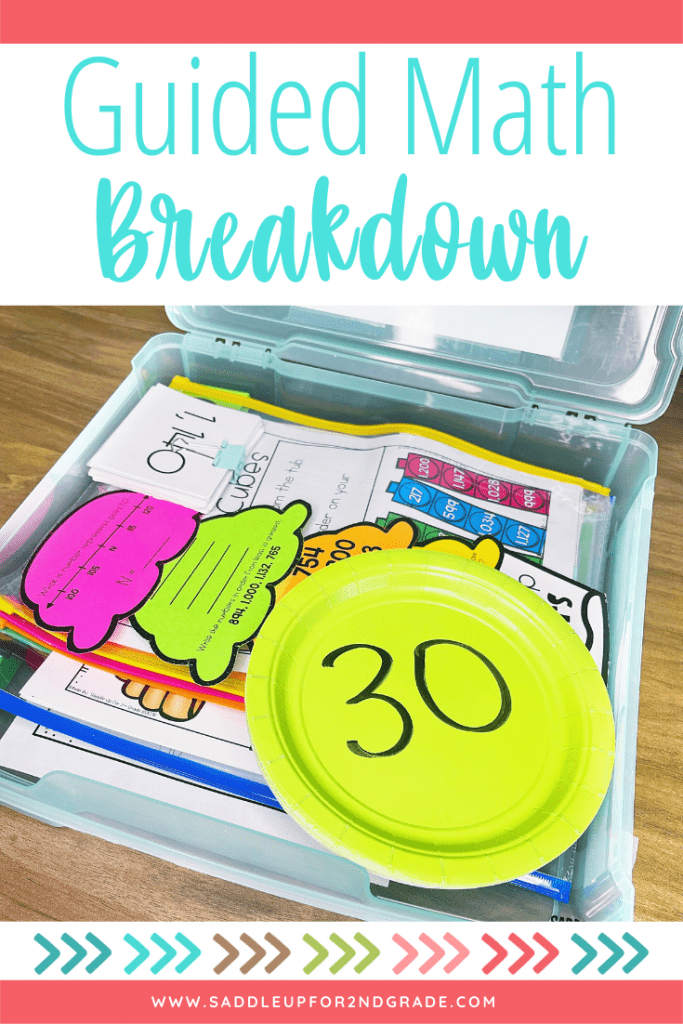
Math should be fun, not stressful. Ditch the timed math fact tests and replace them with math games that will help your students learn and retain information more effectively.
© Saddle Up for 2nd Grade • Website by KristenDoyle.co